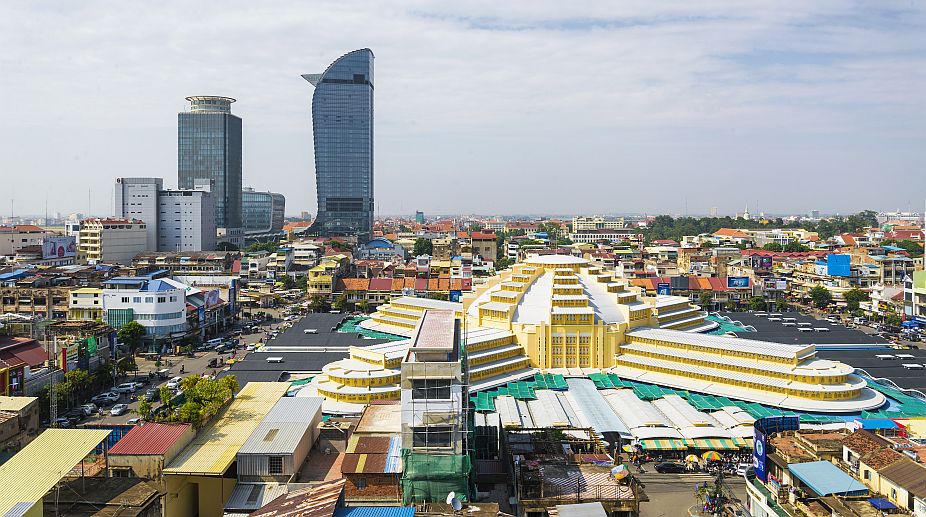Govt creating an enabling environment for semiconductor design community
The government is creating an enabling environment for the semiconductor design community with direct access to national chip design infrastructure.
The projects we work on in VietNam and most other parts of ASEAN tend to be around very similar themes, largely because I think most of us are trying to deal with the same issues.

(PHOTO: Getty Images)
In the process of globalisation and economic development, VietNam is heavily focused on developing its infrastructure, to improve its citizens’ livelihoods as well as competing for investors’ attention. In the process of globalisation and economic development, VietNam is heavily focused on developing its infrastructure, improving livelihoods, and competing for investor attention. Outside of the urban projects that people see and read on the news every day, there exists project that profoundly impact not only Vietnamese livelihoods but also Southeast Asia. Lavan Thiru, Executive Director of Infrastructure Asia, a Singaporean government office set up in 2018 to channel funding to good infrastructure projects on the continent, talked to VietNam News reporter about the current situation of infrastructure projects in VietNam. As an expert in the infrastructure sector, what projects you are currently working on, especially in VietNam?
The projects we work on in VietNam and most other parts of ASEAN tend to be around very similar themes, largely because I think most of us are trying to deal with the same issues. I think I’ll put it in three buckets: the first bucket, especially coming out of this pandemic season, is environment and public health. And when we think about environmental and public health, there are a couple of sub-topics: water, wastewater treatment and waste management. These three are key infrastructure aspects that we need to put in place to ensure the health of our citizens. And it’s not unique to Vie Nam but also in countries like the Philippines and Indonesia. The second area we’re focused on is the tremendous economic growth that we’re seeing: logistics and supply chain network. In my opinion, the past events have shown a dislocation in the market, and with everybody trying to strengthen their own logistics and supply chain network, it means a lot more investment by countries in logistics and supply chains.
The third area we’re focused on is the area where everyone is looking at energy. When we think about energy, we also consider it in three separate buckets: the first bucket is the move towards renewable energy. And the reasons why we’re moving towards renewable energy, I think, are well documented, largely because of, you know, environmental concerns. Many ASEAN governments have made bold projections for moving towards a net-zero. The second bucket is to secure energy needs for our citizens over the next 20 years. We think there might be a role for certain transition mechanisms, transition fields, for example, Liquefied natural gas (LNG).
Advertisement
Advertisement